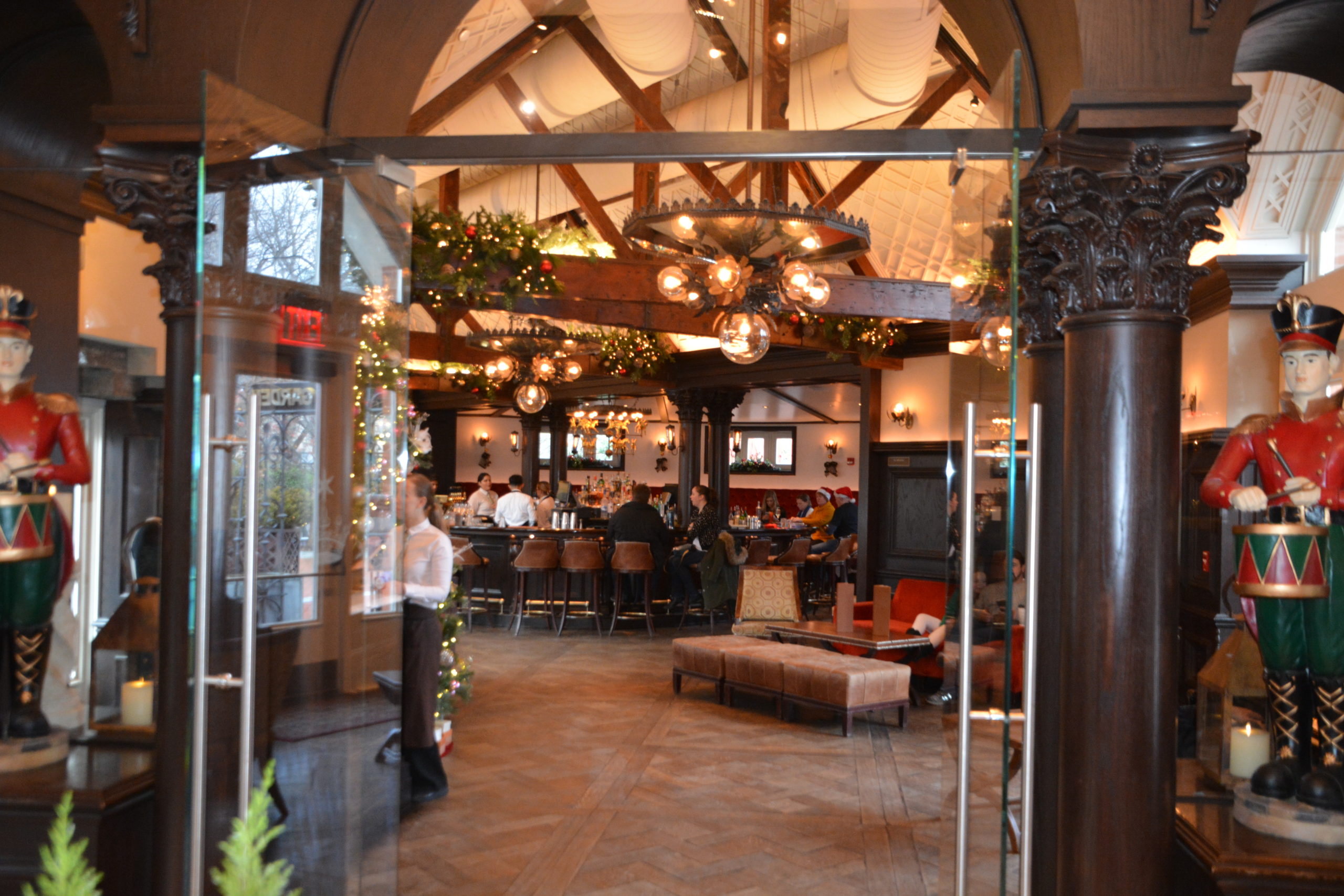Most of us like to travel and explore exotic and beautiful places. However, these little jaunts are often costly, time-consuming and stress filled. This unavoidable fact leads to the question of the real value of travel.
We recently traveled to the Sonoran Desert of Arizona which is that 100,000 square mile patch of arid land that most of the American Westerns were filmed. Sedona and the Grand Canyon are breathtaking places to see up close and personal and the trip even motivated me to read the great American classic “Grapes of Wrath” by John Steinbeck which took place in the southwest and which won him the Nobel Prize.
I made it a point to ride along Route 66 which was the trail the migrants traveled in the book but route 66 is now an eight-lane superhighway rather the dusty road that the Joad family traveled on back in the 1930s.
The highlight of this adventure was a tour of Frank Lloyd Wright’s winter home called Taliesin West in Scottsdale, Arizona. Taliesin West was the winter home of Wright and also his architectural school which he established in 1937.
Frank Lloyd Wright is among the preeminent architects in the world along with Frank Gehry, Antoni Gaudi and Philip Johnson and is best known for creating the residence calling Fallingwater for Pittsburgh businessman Edgar Kaufmann and for building the Guggenheim Museum in Manhattan.
Taliesin West was built upon a huge track of desert land along the McDowell mountain range overlooking Paradise Valley. We had an able guide and a former student of Wright show us around the school and got to view his home, his studio, the pools and fountains and the cabaret center he used to entertain visiting guests.
All the buildings are constructed with desert rock, lumber and cement and have a rust color which makes them look like they’ve been around for a thousand years.
As I walked into the cabaret center I learned about one of his greatest architectural tricks. All of his buildings, including the cabaret have small doorways and you must bend down to enter and after that, you’re compressed into a tight darkly light passageway where you proceed all the way down a hallway catching glimpses of the auditorium on your left. You then climb up a stairway, turn left and are released into the auditorium where you take your seat. The walk gives you a feeling of the dramatic.
Our guide told us that all of the entrances to Wright’s buildings were designed with the concept of ‘compression, procession and release’ which meant he first wanted to make the guest feel tight and small and then release them into another realm.
I began to think of similar buildings I had been to in the past which used this concept. The River Café under the Brooklyn Bridge is considered to be one of the world’s great restaurants and it entrance is along a gangplank of sorts and then you are released into one of the greatest rooms on earth with glorious views of the Manhattan skyline.
A similar experience is felt in Capri. To get to your hotel one must walk along tight little cobblestone streets for a few blocks. No cars allowed so you walk slowly along and have no clue as to what you are about to behold.
All of a sudden you enter your hotel located on one of the cliffs looking over the Mediterranean Sea and your jaw drops. Virtually everyone has the same reaction. It’s like you just entered a movie.
There was one other place that used the same technique and that was the Tavern on the Green in Central Park. I recalled that to get into the crystal room with all those chandeliers you must wind your way down a hallway with backlit Tiffany windows set in jewels.
The winding procession was pure magic and then you are released into the crystal dining room to great effect. I was so inspired by the tour I had at Taliesin West that this weekend I traveled into renovated Tavern on the Green only to discover that the old entrance passageway was no longer there. It has an entrance which compresses and you do proceed through a bar area to the crystal room but without the Tiffany windows. Too bad.
So to return to the question at hand; is it worth the effort, the cost and the stress to travel to faraway places and what to you get out of it?
In this case, we made our way to Scottsdale Arizona and took a tour where we learned that the architectural genius Frank Lloyd Wright used a simple concept to enthrall people. He called in ‘compression, procession and release.’
Freud would call this a sublimation of the sexual act and perhaps he would be right because compression, procession and release does mirror that biological act quite well. But then again a writer would say this concept mirrors a man working through writer’s block whereby he suffers with anxiety until he finally finds a happy ending. And then again any plane passenger will tell you that compression, procession and release is exactly the way to describe a flight, especially if you’re in economy class.
I asked one of Wright’s former students to describe his genius and he simply said “He was born with it.” He is probably right about that. And the only way I know to gaze upon the creation of the genius is to 1. plan a trip 2. buy yourself a plane ticket and 3. go see for yourself. There is no other way to do it. The compression and procession may be tough to handle but the release is worth the effort.



